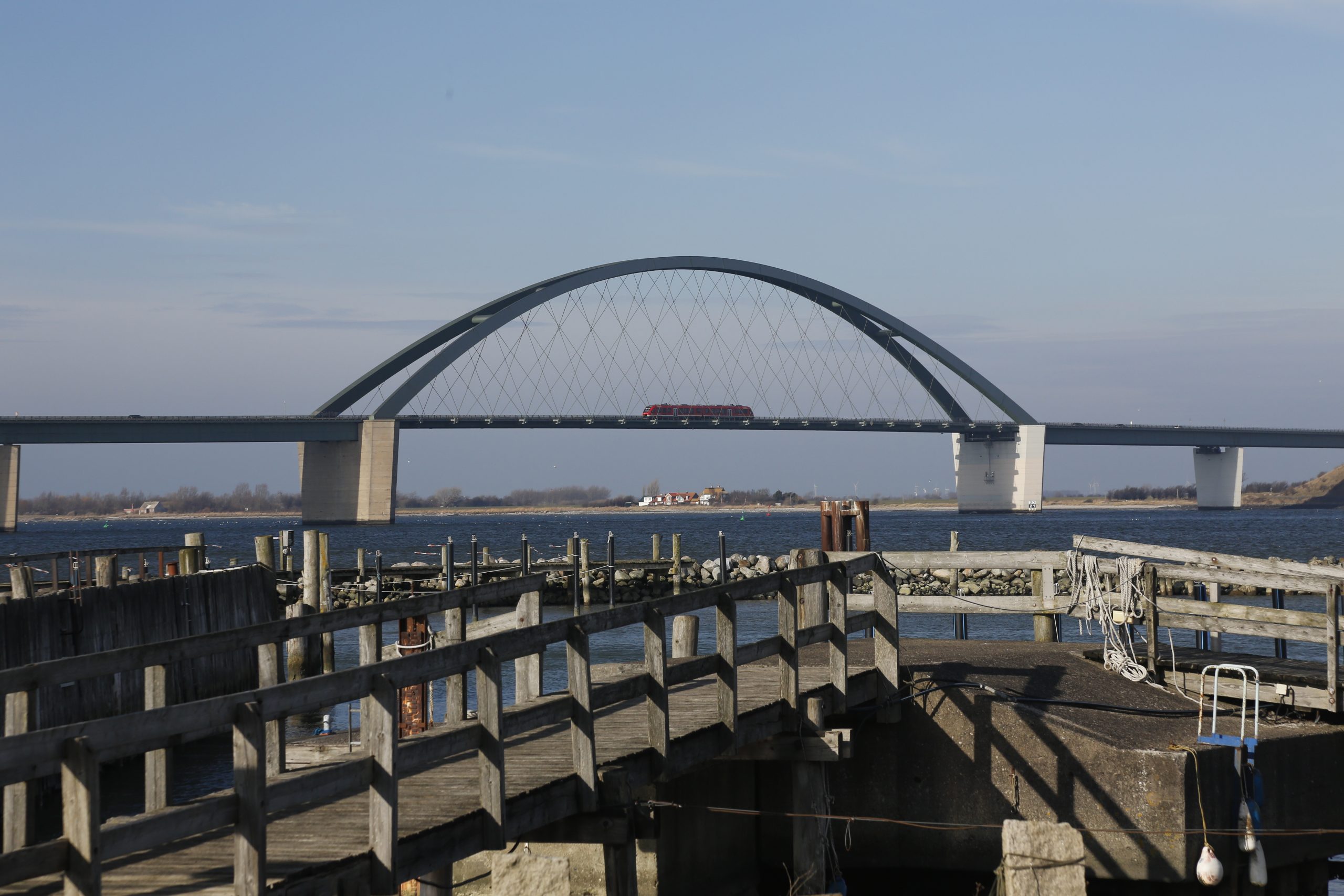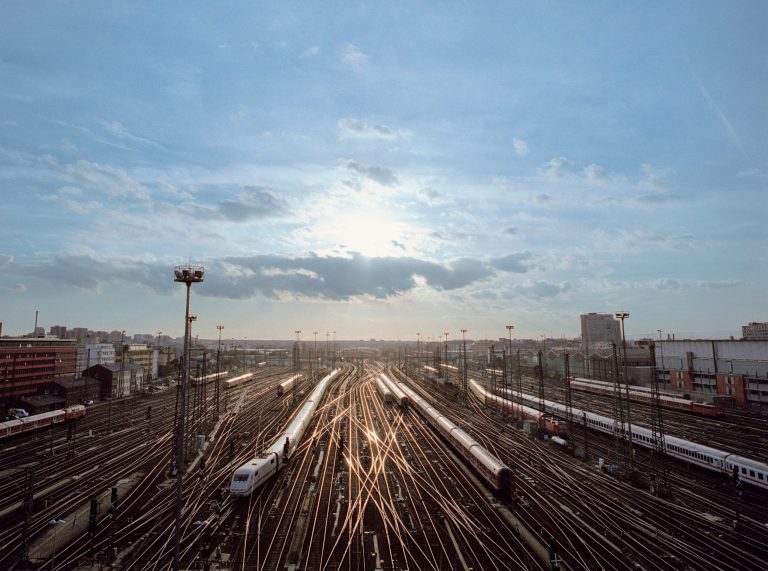Hamburg to Copenhagen by rail in just 2.5 hours? What might seem like a joke is in fact nothing of the sort – or at least won’t be once the Fehmarn Belt Fixed Link is completed. The FBQ, as it is also known, is an undersea road and rail tunnel currently under construction in the roughly 18-kilometer-wide strait between Denmark and Germany.

Contact
DB Engineering & Consulting
EUREF-Campus 14
10829 Berlin
Germany
The Fehmarn Belt Fixed Link (FBQ) and the lines it connects to on the German and Danish sides will not only reduce travel time between Hamburg and Copenhagen, but also eliminate a bottleneck in the Trans-European Transport Network. Moreover, it will help shift passenger and freight traffic to rail, offering economic and environmental benefits. Boons like that make the FBQ a vital part of one of the most important European infrastructure projects of the 21st century.
In demand – the multifaceted expertise of DB E&C
DB Engineering & Consulting (DB E&C) did the initial planning work for the German part of the FBQ rail link from 2008 to 2015. In 2016, DB E&C was also commissioned by DB Netz to prepare the final design and a plan for building permit application. These plans call for the current single-track, non-electrified Lübeck-Puttgarden line to be upgraded to a two-track line designed for speeds of up to 200 kph. This will involve building some 55 km of new line and upgrading some 33 km of existing line. Modernization work will encompass 92 bridges, six new stops, complete electrification along the line and the roll-out of a new train protection system, ETCS Level 2 (which does not use lineside signals). The plans also include noise and vibration mitigation measures which go above and beyond minimum legal requirements and for which the German parliament has earmarked some EUR 232 million.

Multi-regional structure for joint success of Fehmarn Belt Fixed Link Project
To ensure that the project team is optimally equipped to meet the complex upcoming challenges in the project, extensive work has been done to optimize the project structure in several stages. DB E&C brought employees together from regions all across Germany to form a core FBQ team at a single shared work location.
This new organizational structure ensures that the right people with the right knowledge and skills are available when needed – even at short notice. As a result, the FBQ core team is in an outstanding position to tackle project challenges and respond flexibly to new customer requirements. Employees at various sites in Germany and abroad also assist with technical design for the project. This makes the FBQ rail link project the first major project at DB E&C that is organized across multiple regions. And the team is always focused on the big finish: completion and operationalization of the Fehmarn Belt Fixed Link in December 2029.
“The project structure provides an important basis for further design work and long-term project success,” says Niko Warbanoff, Chairman of the Board of Managing Directors at DB E&C. Matthias Grabe, spokesperson for Regions North and East at DB E&C, emphasizes the overriding importance of the project: “This joint project with DB Netz has a clear mission – to eliminate a bottleneck in the Trans-European Transport Network and ensure a rail link for northern Germany.”
Rüdiger Almeroth, FBQ team leader, wants most of all to improve teamwork between participating sites and enable them to benefit mutually from each other’s expertise. How? By eliminating the organizational hurdles they currently face. The end result would be a steady stream of improvements. “If we want to achieve something great,” Almeroth says, “a range of different skill sets have to mesh together in the project like gears. Regular dialogue is essential to this process. The FBQ staff have truly become a team. In the project office, there is no difference between DB Netz and DB E&C employees. Our communication really works. And the work we do together, we do very well.”





